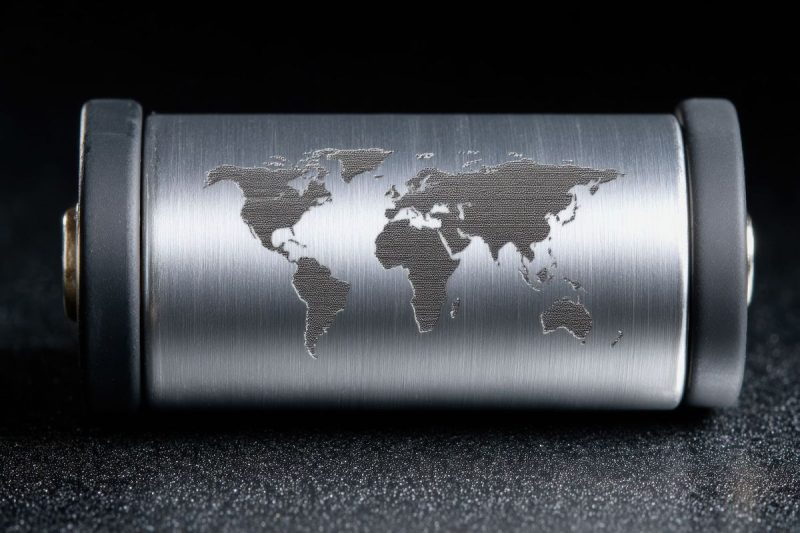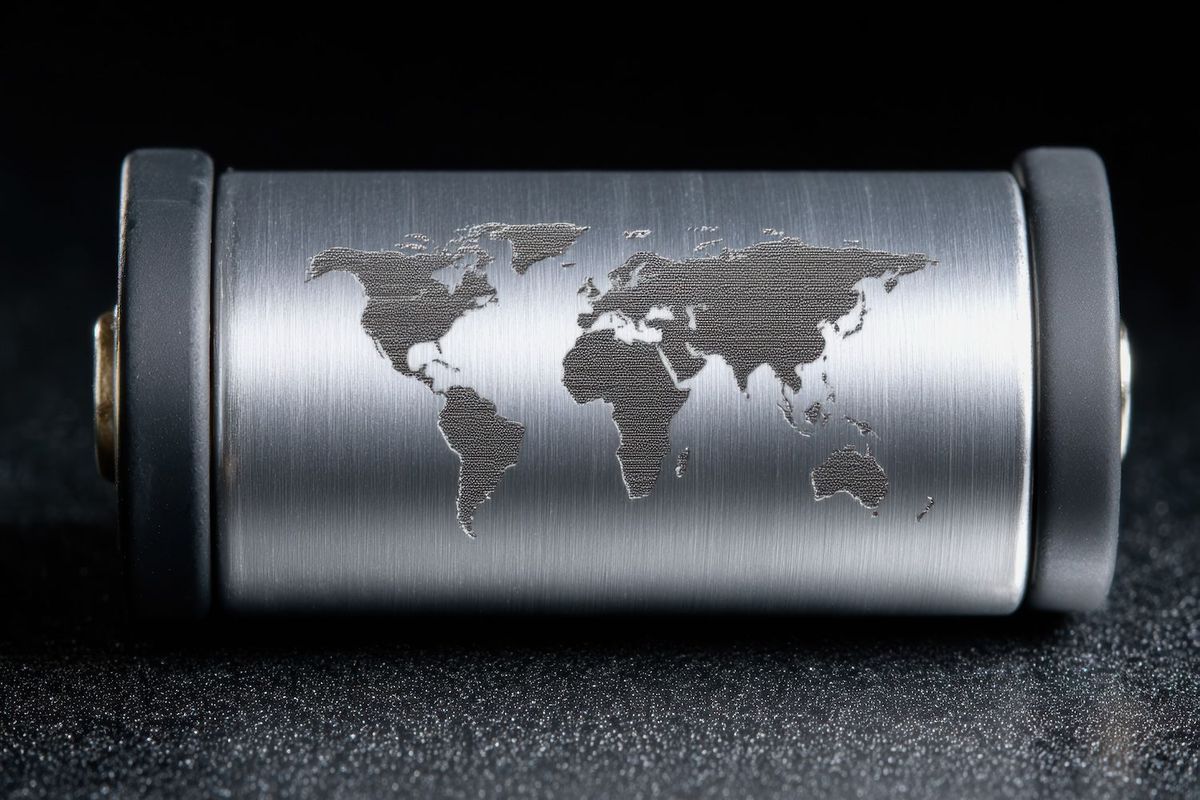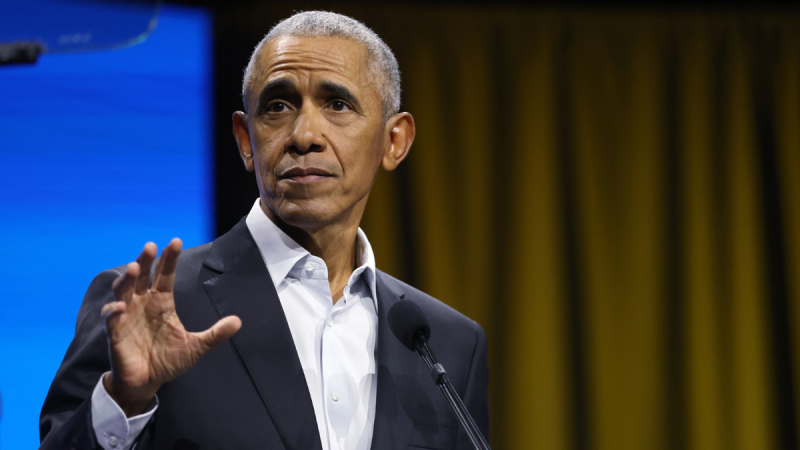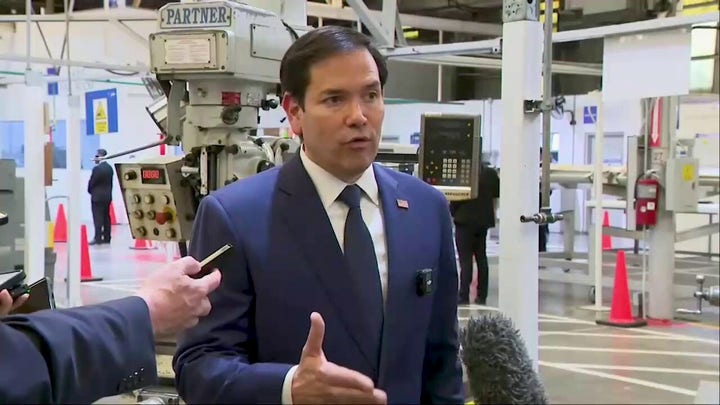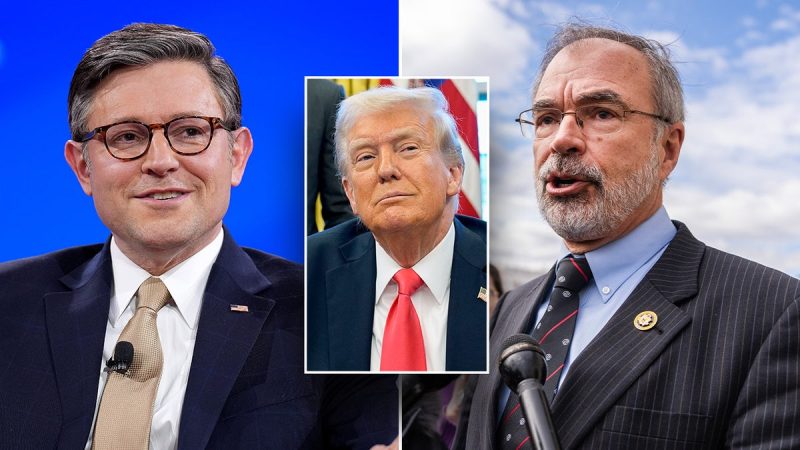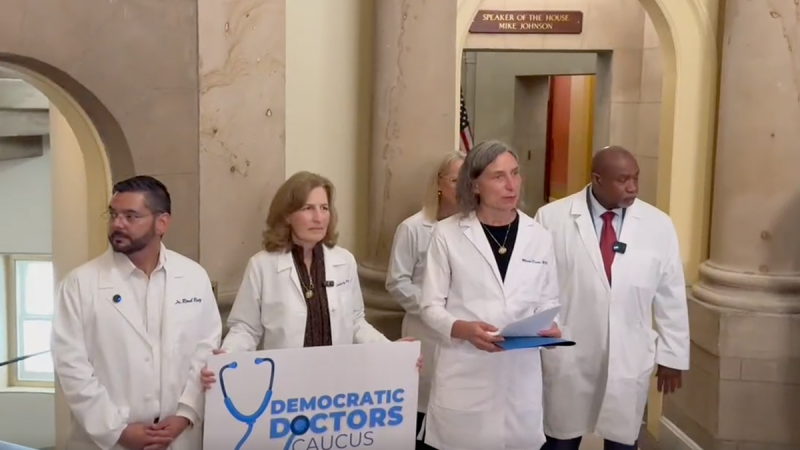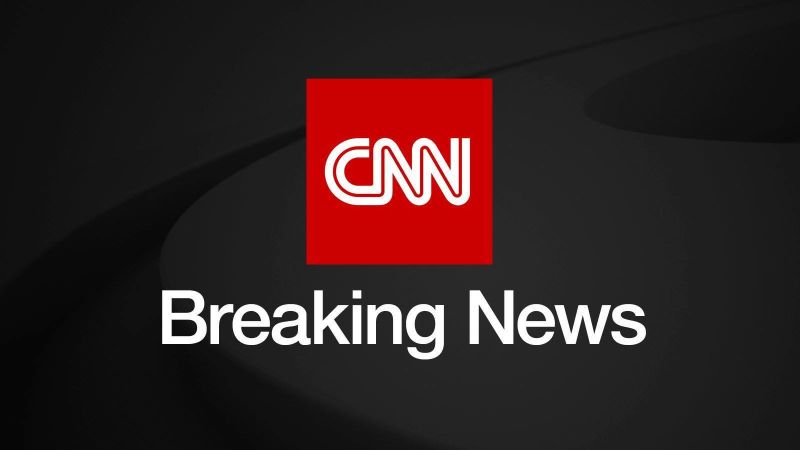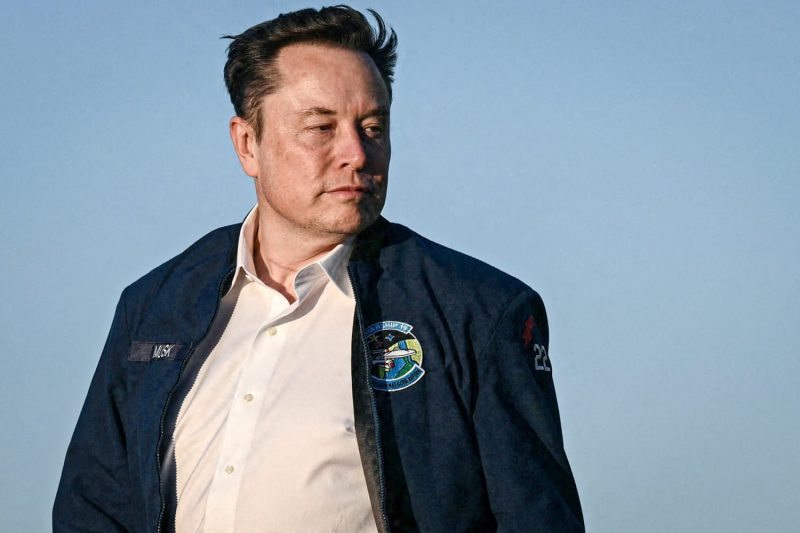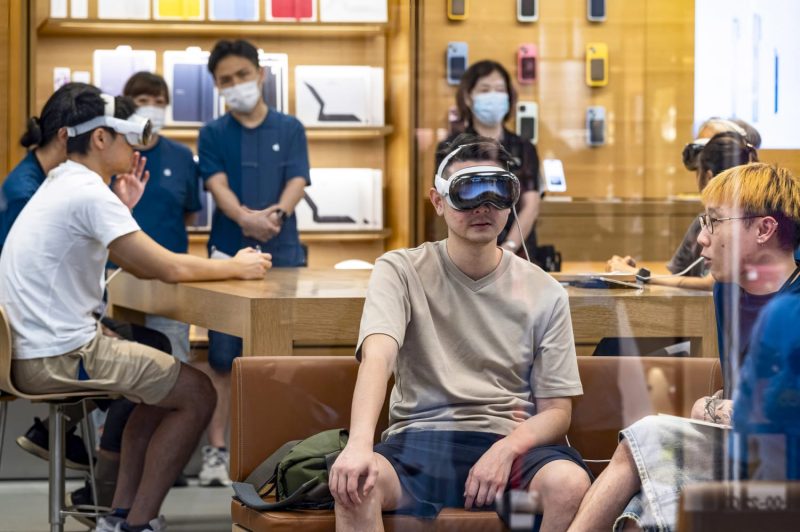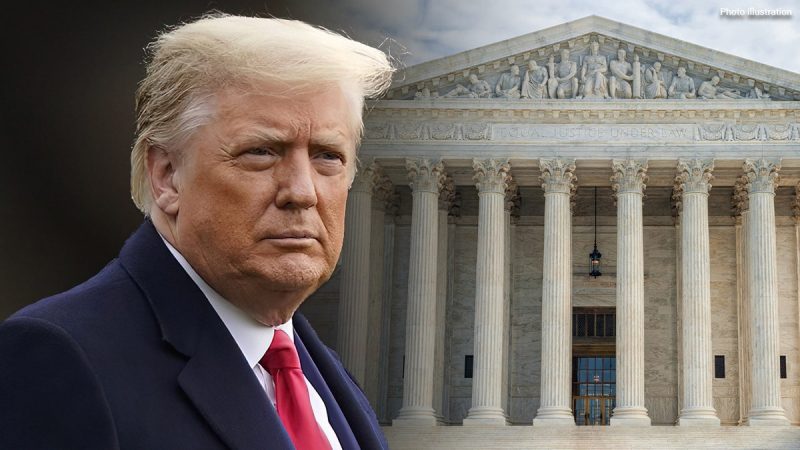
President Donald Trump’s Justice Department filed an emergency appeal with the Supreme Court on Wednesday, seeking to overturn lower court rulings that blocked the administration from firing three Biden-appointed regulators.
The emergency appeal asks the High Court to allow the Trump administration to fire three members of the U.S. Consumer Product Safety Commission (CPSC), a five-member independent regulatory board that sets standards and oversees safety for thousands of consumer products. The appeal comes after the Supreme Court, in May, granted a separate emergency appeal request from the Trump administration pertaining to the firing of two Biden-appointed agency officials from the National Labor Relations Board (NLRB) and the Merit Systems Protection Board (MSPB).
‘It’s outrageous that we must once again seek Supreme Court intervention because rogue leftist judges in lower courts continue to defy the high court’s clear rulings,’ said White House spokesperson Harrison Fields.
‘The Supreme Court decisively upheld the president’s constitutional authority to fire and remove executive officers exercising his power, yet this ongoing assault by activist judges undermines that victory,’ he continued. ‘President Trump remains committed to fulfilling the American people’s mandate by effectively leading the executive branch, despite these relentless obstructions.’
Mary Boyle, Alexander Hoehn-Saric and Richard Trumka Jr. were appointed to serve seven-year terms on the independent government agency by former President Joe Biden. Their positions have historically been protected from retribution, as they can only be terminated for neglect or malfeasance.
After Trump attempted to fire the three Democratic regulators, they sued, arguing the president sought to remove them without due cause. Eventually, a federal judge in Maryland agreed with them, and this week an appeals court upheld that ruling.
However, according to the emergency appeal from the Trump administration, submitted to the High Court on Wednesday morning, the three regulators in question have shown ‘hostility to the President’s agenda’ and taken actions that have ‘thrown the agency into chaos.’
The emergency appeal to the Supreme Court added that ‘none of this should be possible’ after the High Court ruled in favor of the Trump administration’s decision to fire two executive branch labor relations officials.
‘None of this should be possible after Wilcox, which squarely controls this case. Like the NLRB and MSPB in Wilcox, the CPSC exercises ‘considerable executive power,’ 145 S. Ct. at 1415—for instance, by issuing rules, adjudicating administrative proceedings, issuing subpoenas, bringing enforcement suits seeking civil penalties, and (with the concurrence of the Attorney General) even prosecuting criminal cases,’ Solicitor General John Sauer wrote in the emergency appeal to the Supreme Court.
The request, according to Politico, will go to Chief Justice John Roberts, who is in charge of emergency appeals stemming from the appeals court that upheld the previous Maryland court ruling blocking the Trump administration’s firings.




 Brightstar Resources (BTR:AU) has announced High grade gold in early stage drilling at Sandstone
Brightstar Resources (BTR:AU) has announced High grade gold in early stage drilling at Sandstone
